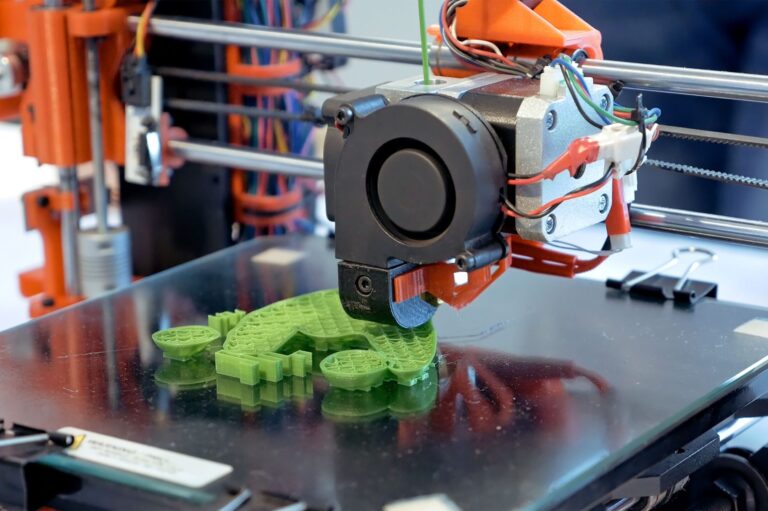
Productivity has long been a huge challenge in field service. Traditionally, field workers have spent upwards of 20% of their time preparing for productivity, rather than being productive. Not knowing where to go, being moved from one priority job to another, always calling the office for updates, and attending sites where work is not required, all costs time and money.
Set against a backdrop of intensifying international competition within the manufacturing sector, there is growing pressure to identify ways to improve productivity and efficiency across all areas of operations. So how can businesses tackle this problem and unleash the full potential of their field teams?
The Concept: Connected Field Service
For manufacturing field operations that heavily rely on multiple teams, locations and equipment availability, the ability to share data between groups, communicate effectively and coordinate processes is essential.
One of the best ways to achieve this goal is by utilising connected field service technology. This technology is powered by AI and the Internet of Things – a network of physical objects that are embedded with a multitude of technologies for the purpose of exchanging data – and enables field service managers to add connected devices and leverage cloud capabilities. By doing this, businesses are able to transform the way they deploy their services and enhance operational procedures for their field workers.
What Are The Benefits
Time-efficient repairs
Usually, when a technician arrives on site to conduct the relevant machinery repairs, they must use outdated, jargon-heavy manuals to infer the necessary information to correctly identify the issue. After returning to the depot, attempting to locate the essential parts, collecting the equipment, and returning to the client site to begin completing the repair work, a vast amount of valuable time has been wasted – even then, the technician may have to revisit the site to finish the work if parts were unavailable. For a process that could take days – even weeks – to resolve, these inefficiencies could create a damaging impact for manufacturers.
Competitive advantages are paramount, and that’s where AI thrives. The unlimited access to machine details and data shared between connected devices enables field workers to systematically prepare for the necessary course of action prior to arrival, providing a welcome exchange to the usually delayed process.
Predictive maintenance?
In practice, connected equipment will be fitted with multiple sensors that transmit data in real time, including machine health, which can then be connected to a work order management software. The algorithms used allow field workers to monitor the manufacturing equipment and anticipate when breakdowns will occur, boosting their productivity and creating what is known as ‘predictive maintenance’.
Predictive maintenance processes can also be completely automated, so if an irregularity occurs within the usual functioning of a connected machine, the issue can be immediately resolved through the process of self-healing. Against the backdrop of wider discussions around mass digital transformation, it is understandable that manufacturing leaders haven’t placed this technology at the forefront of their minds. However, it is now clear to see that these incremental, highly intelligent, and proactive processes can completely alter a company’s accuracy, time-management, productivity, and overheads – key factors in building an advantage against competing manufacturers.
Productivity gains
Powered by AI, this data-driven approach uncovers a wealth of information that allows technicians to immediately begin working on flawed machinery, and monitor equipment health, usage and disturbances before manufacturers are aware that there is a problem to report. By virtue of focusing field workers’ attention on only the most productive tasks, manufacturers are supported to do the same.
Although AI is yet to attain human-like cognition, the artificial neural networks that replicate this technology will only continue to evolve. So, not only are the benefits of AI and IoT clear throughout day-to-day manufacturing operations, but they also provide a guaranteed ally for external support and competitive pressures, all whilst developing a greater return on investment over time.
Although AI is yet to attain human-like cognition, the artificial neural networks that replicate this technology will only continue to evolve
What Does The Future Hold?
Between inventory management, mobile capabilities and the potential to expand business intelligence, the capabilities of AI and IoT-powered technology are vast – the benefits discussed are merely some of the ways that connected field service can transform the manufacturing industry and supercharge the productivity of its field teams. Technology is becoming an increasingly prominent part of field service management, so manufacturers would be wise to consider the early benefits to themselves, their teams, and crucially, to their customers by staying ahead of the curve.

Colin Crow is Managing Director of Nexer Enterprise Applications. He has 32 years experience designing, procuring, implementing and providing support for complex IT systems with a specific focus on ERP solutions.


